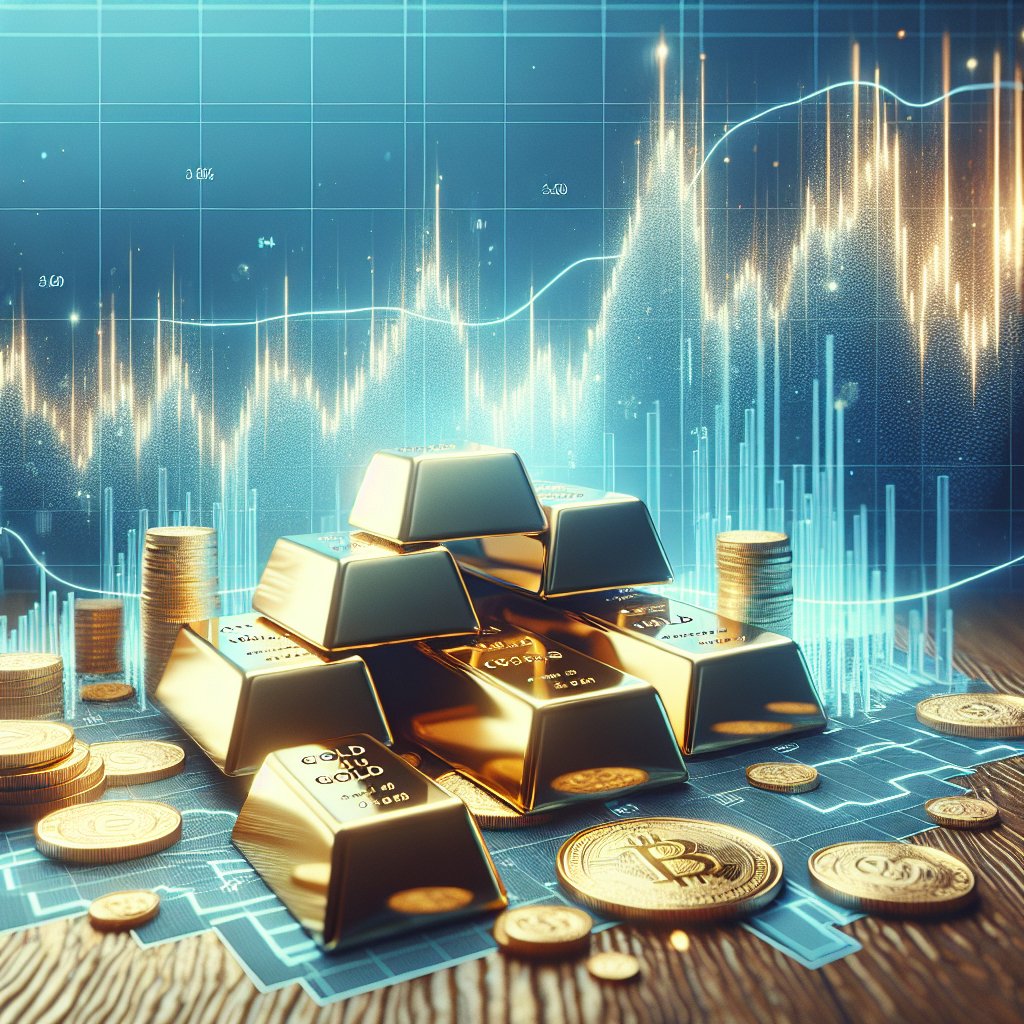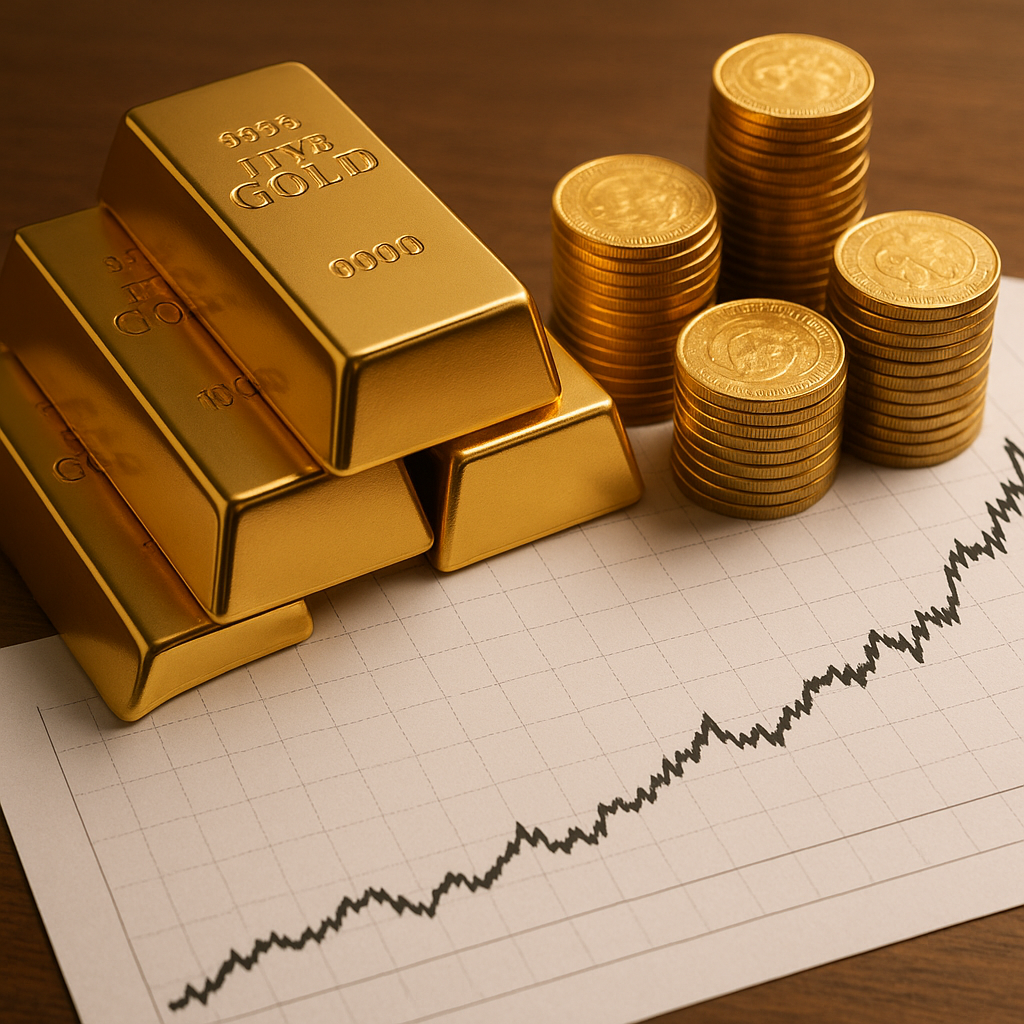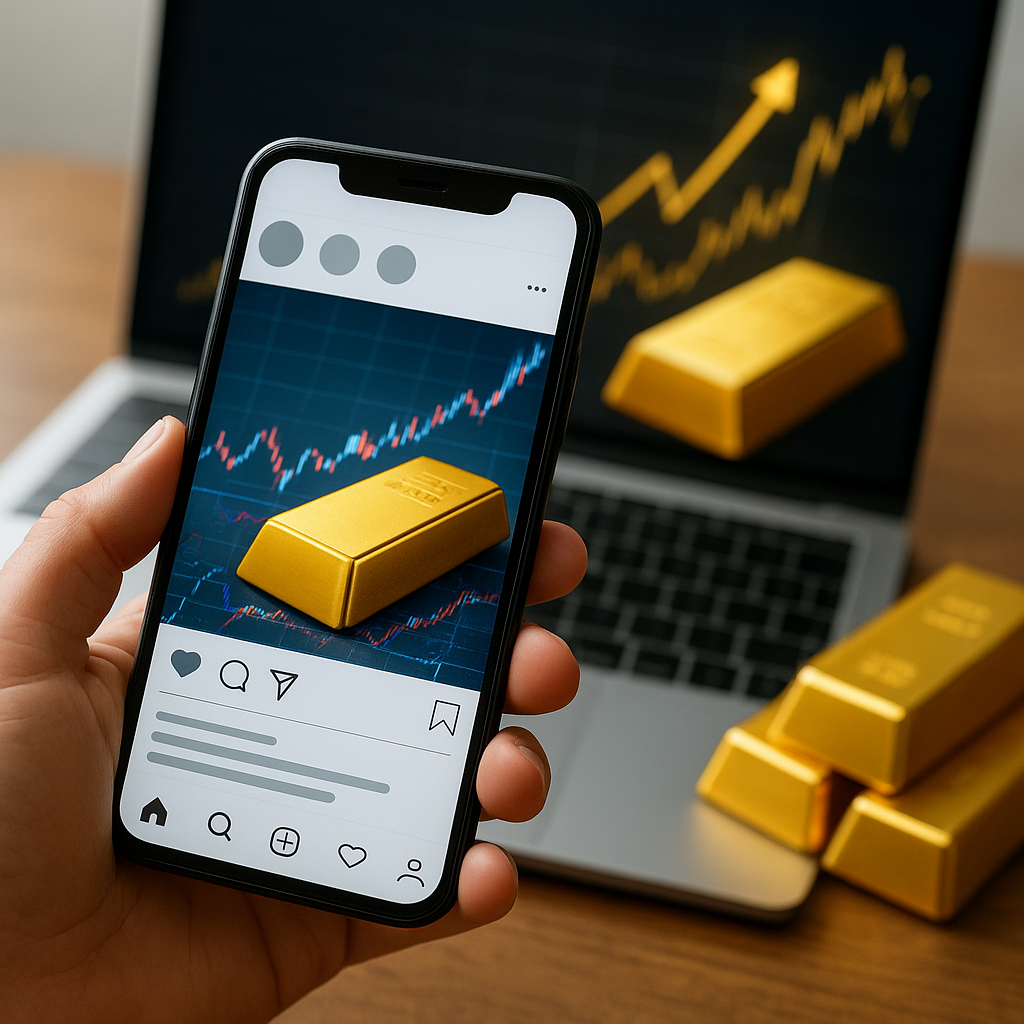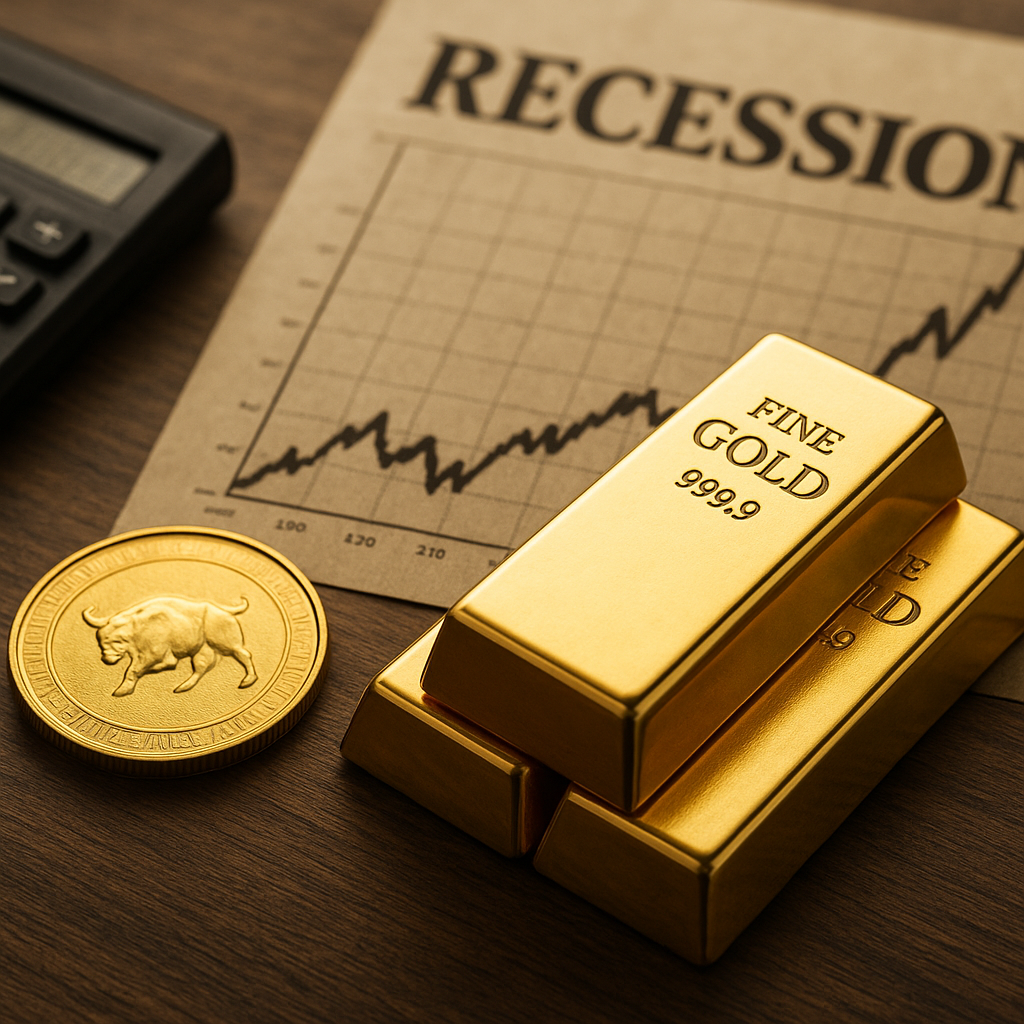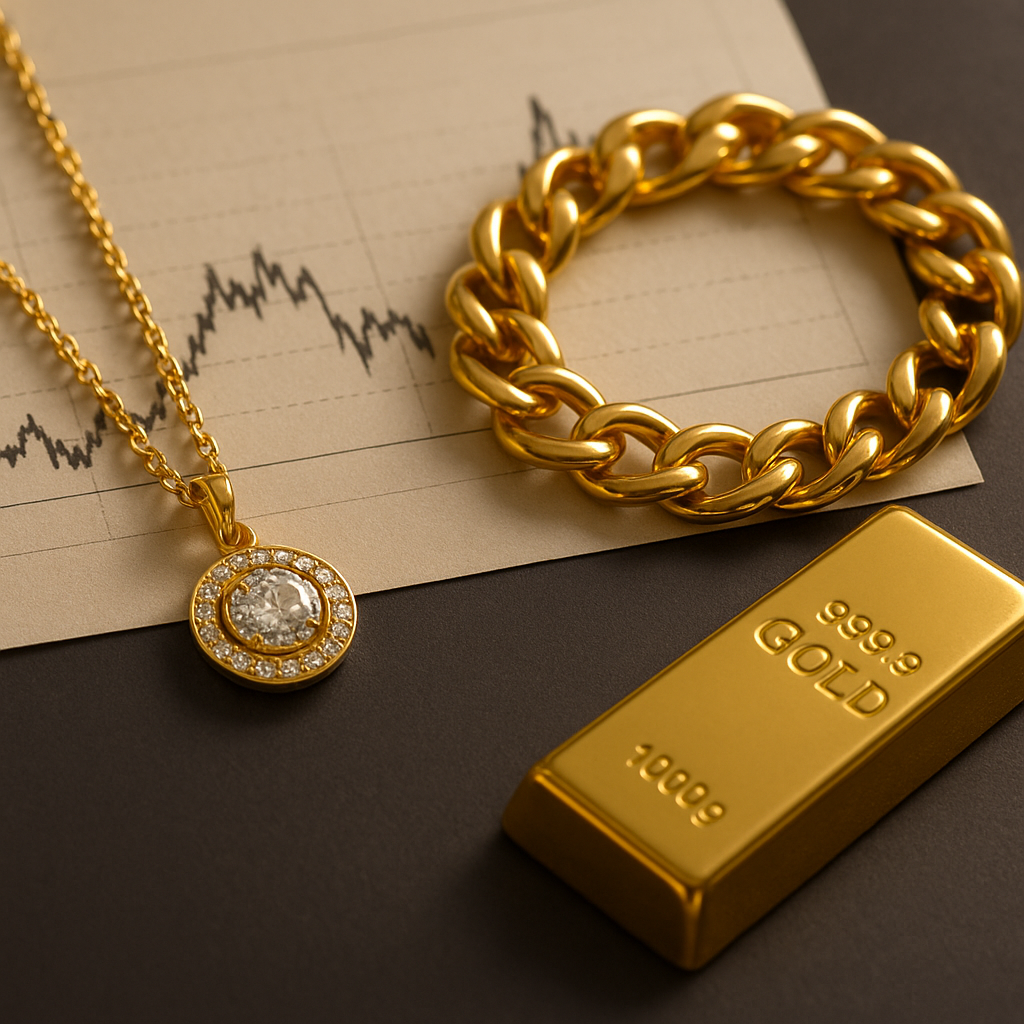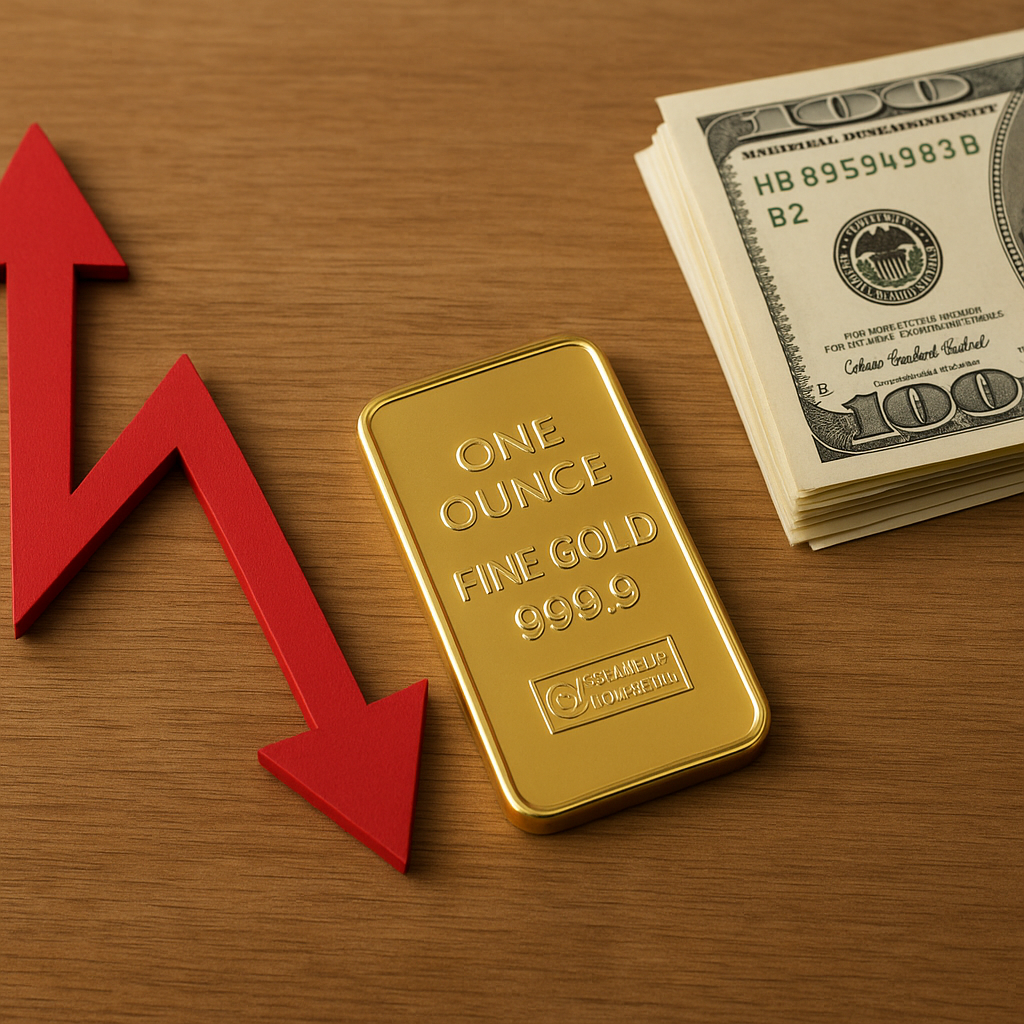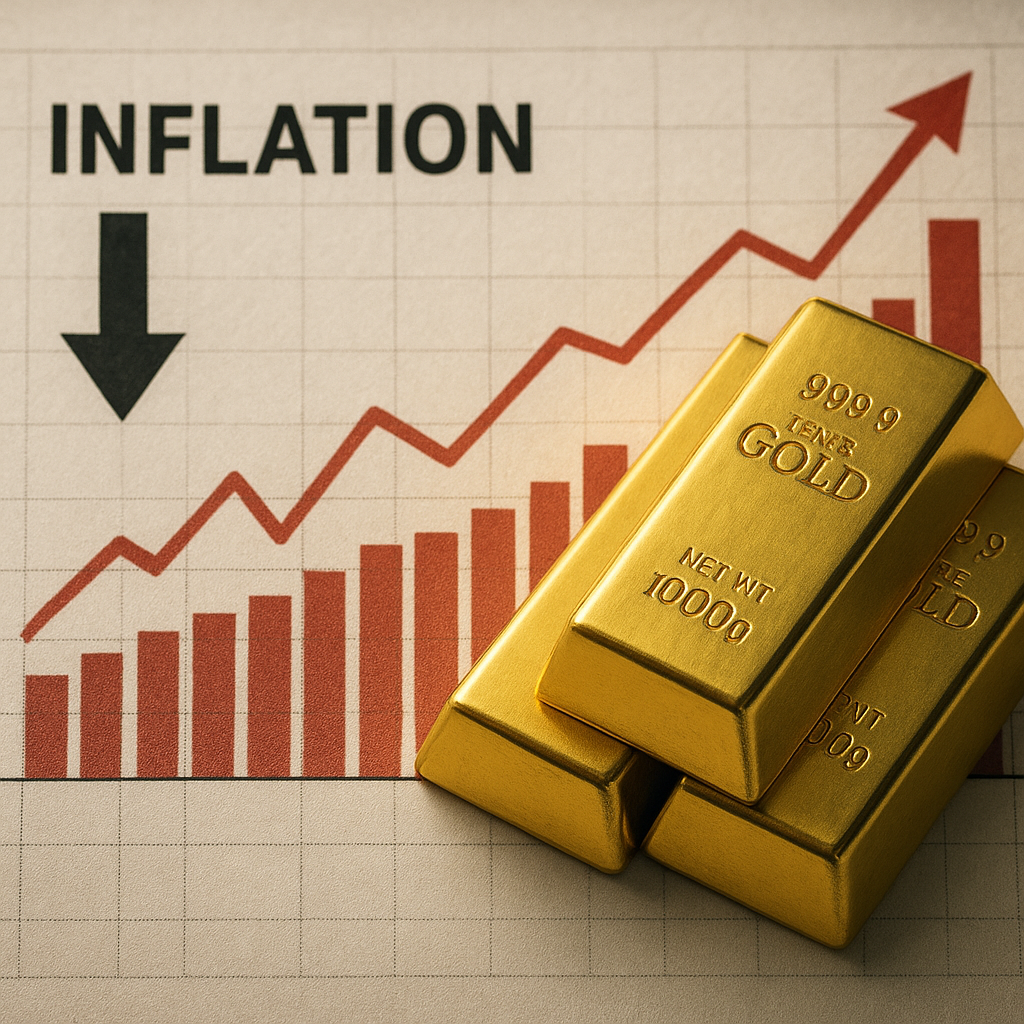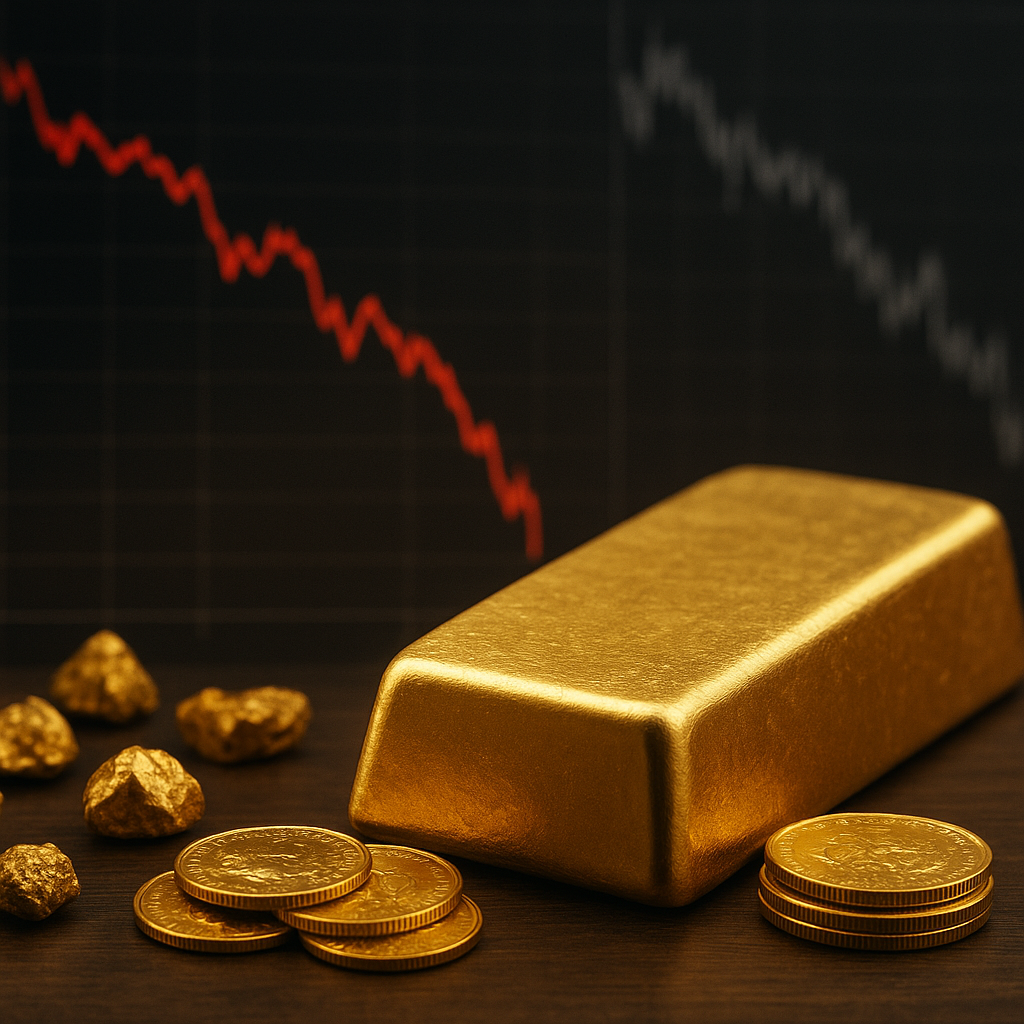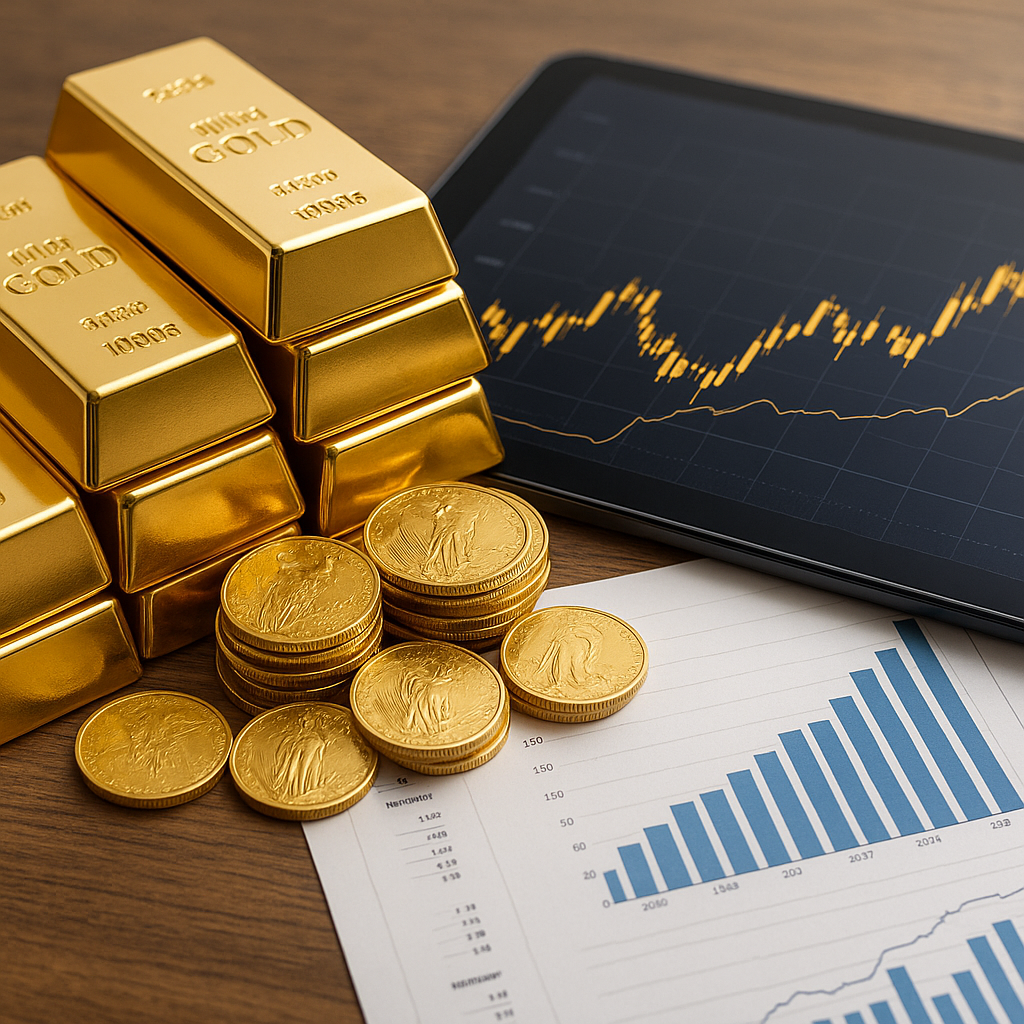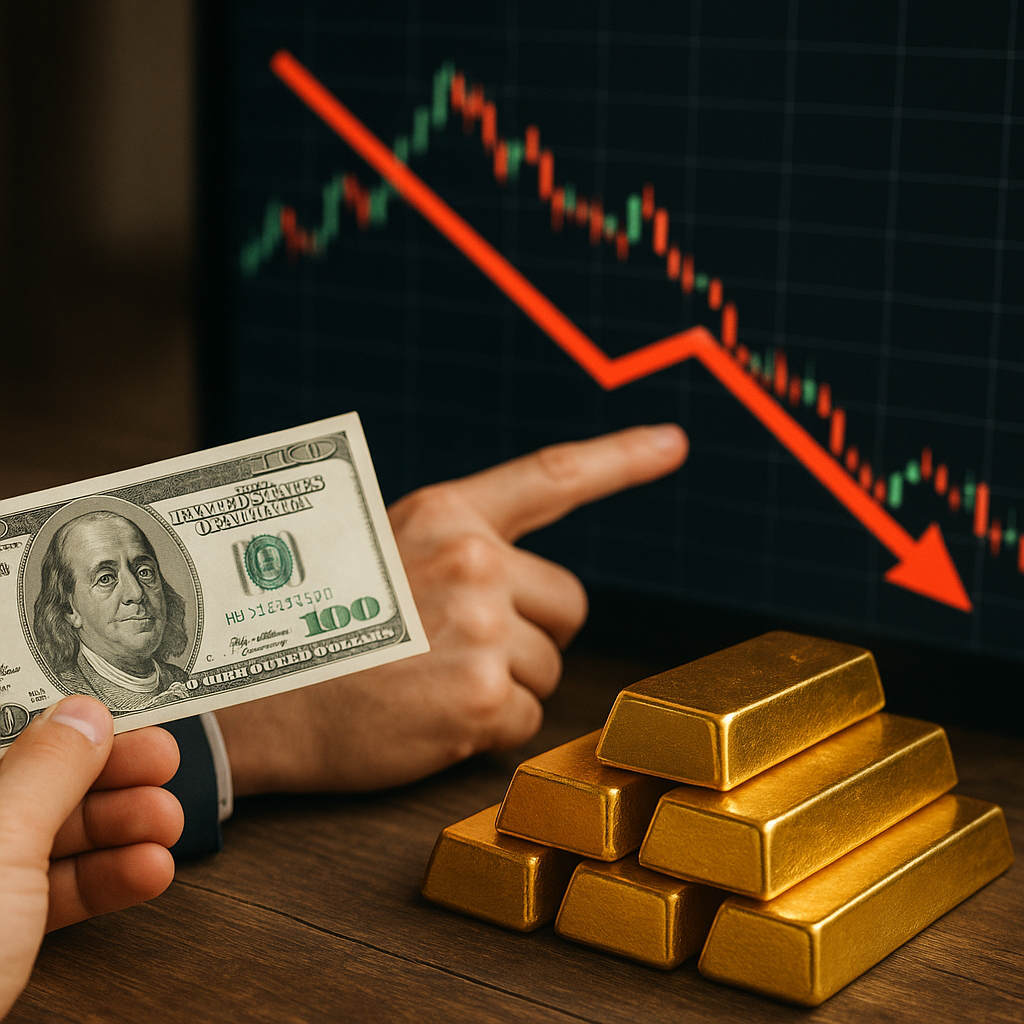Gold has long been considered a safe haven in times of economic uncertainty and crisis. Its enduring value and universal appeal have made it a cornerstone of financial security for individuals, institutions, and governments alike. This article delves into the historical relationship between gold prices and global crises, examining how this precious metal has served as a refuge during turbulent times.
The Historical Role of Gold in Economic Crises
Throughout history, gold has played a pivotal role in the global economy, particularly during periods of crisis. Its intrinsic value, scarcity, and durability have made it a preferred asset for preserving wealth. During times of economic instability, investors often flock to gold as a hedge against inflation, currency devaluation, and geopolitical uncertainty.
One of the earliest examples of gold’s role in economic crises can be traced back to the Great Depression of the 1930s. As stock markets crashed and banks failed, gold prices surged as investors sought a stable store of value. The U.S. government responded by abandoning the gold standard in 1933, allowing the dollar to float and effectively decoupling the currency from gold. This move underscored the metal’s importance as a financial anchor during times of turmoil.
Similarly, during the 1970s, a period marked by high inflation and geopolitical tensions, gold prices experienced a dramatic increase. The collapse of the Bretton Woods system in 1971, which had pegged the U.S. dollar to gold, led to a surge in gold prices as investors sought protection against the resulting inflationary pressures. By the end of the decade, gold had reached unprecedented highs, reflecting its status as a safe haven asset.
More recently, the 2008 financial crisis highlighted gold’s enduring appeal. As global markets plummeted and confidence in financial institutions waned, gold prices soared. Investors turned to gold as a hedge against the systemic risks posed by the collapse of major financial institutions and the subsequent economic downturn. The crisis reinforced gold’s reputation as a reliable store of value in times of uncertainty.
Gold Prices in the Context of Modern Crises
In the 21st century, gold continues to play a crucial role in the global economy, particularly during periods of crisis. The COVID-19 pandemic, for instance, has had a profound impact on gold prices. As the virus spread and economies around the world went into lockdown, gold prices surged to record highs. The pandemic-induced economic uncertainty, coupled with unprecedented fiscal and monetary stimulus measures, drove investors to seek refuge in gold.
The geopolitical landscape has also influenced gold prices in recent years. Tensions between major global powers, such as the United States and China, have contributed to market volatility and increased demand for gold. Additionally, concerns over potential conflicts in regions like the Middle East have further bolstered gold’s appeal as a safe haven asset.
Moreover, the rise of digital currencies and the growing interest in cryptocurrencies have added a new dimension to the gold market. While some investors view cryptocurrencies as a potential alternative to gold, others see them as complementary assets. The debate over the role of digital currencies in the global financial system has sparked renewed interest in gold as a traditional store of value.
Despite these modern challenges, gold’s historical role as a refuge in times of crisis remains largely unchanged. Its enduring appeal is rooted in its unique properties and its ability to preserve wealth over the long term. As the global economy continues to face new and evolving challenges, gold is likely to remain a key component of investment portfolios worldwide.
In conclusion, gold’s historical and ongoing role as a safe haven asset underscores its importance in the global economy. From the Great Depression to the COVID-19 pandemic, gold has consistently provided a refuge for investors during times of crisis. As the world continues to navigate economic uncertainty and geopolitical tensions, gold’s status as a reliable store of value is likely to endure.
